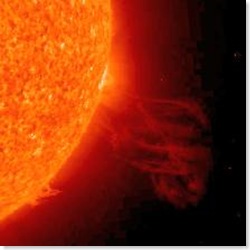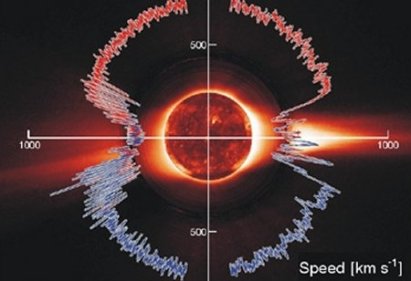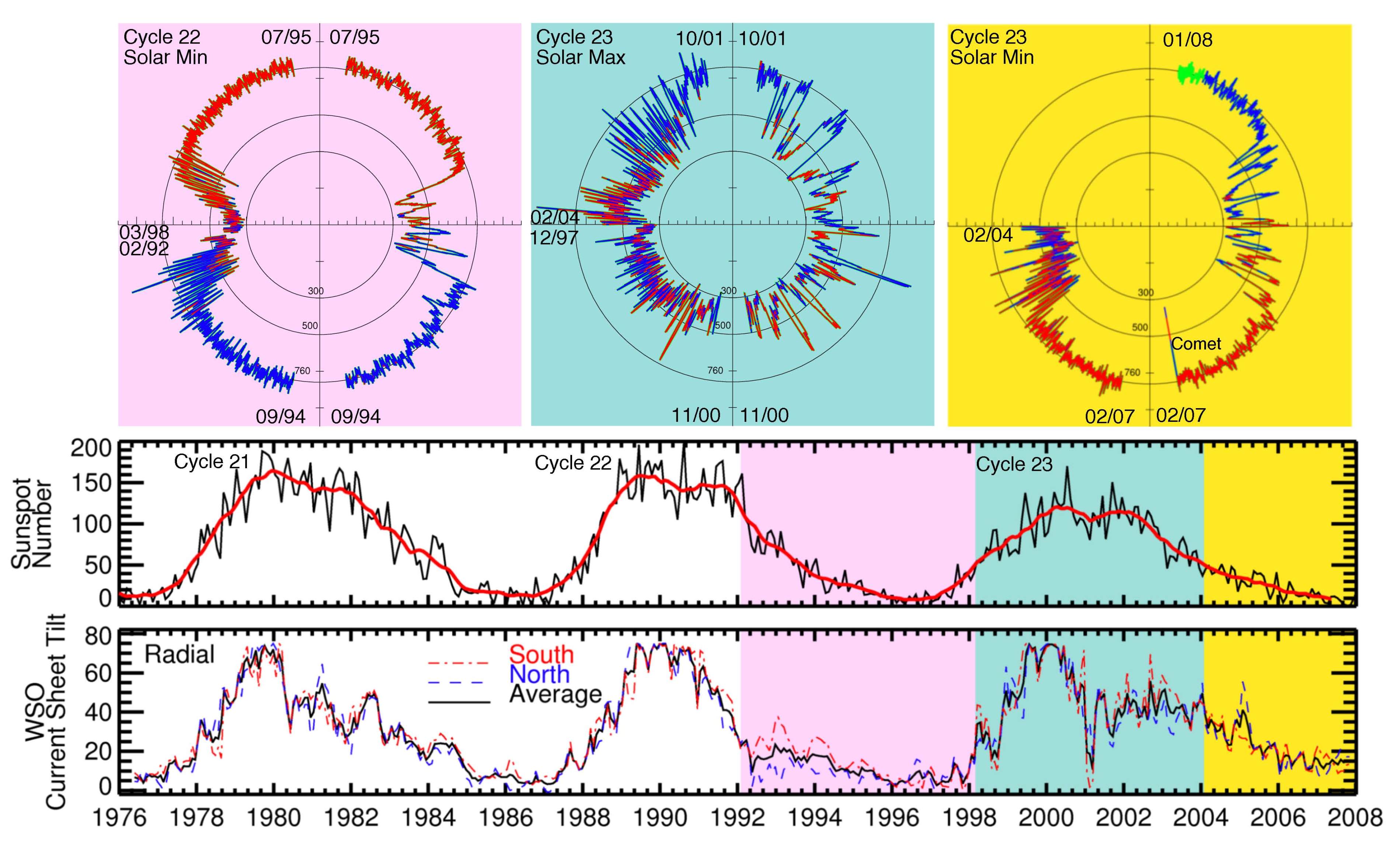The solar wind is a gas plasma blown off the surface of our sun at a million miles per hour. It is the outer atmosphere of the sun expanding out into space in all directions all the time. It effectively forms a shield around our solar system like a bubble that is called the heliosphere that tends to reflect harmful cosmic rays originating from other star systems, basically pushing away the rest of the galaxy from our solar system. This outward flow of particles is constant and creates outbound pressure referred to as a wind, a solar wind.
Sometimes it is stronger than at other times. Apparently, it is also sometimes weaker, as new data suggest.
An image of the sun taken Sept 25 using the SOHO observatory’s Extreme ultraviolet Imaging Telescope at 304 Angstrom. SOHO, NASA/ESA
This is perplexing. The strength of the wind forms a pressure barrier that repels the intergalactic cosmic radiation, which is quite harmful to life, especially life floating around in space, space stations and spacecraft. Earth is protected by its magnetosphere and by its atmosphere for two additional tiers of protection. Spacecraft orbiting the Earth would also be protected by its magnetosphere. Spacecraft en route to the moon would have minimal protection.
The spacecraft Ulysses launched in October 1990, is a mission out of the plane of the planets orbiting the polar regions of the sun. Ulysses has detected a gradual decrease in the solar wind over the last 15 years equal to nearly 25%.
A segment today on Science Friday, talks to David McComas, Principal Investigator for Solar Wind Observations over the Poles of the Sun (SWOOPS) Experiment, about the solar wind and the findings by the spacecraft Ulysses. The archived podcast should be available later today here.
The Ulyssess/SWOOPS web site is here: http://swoops.lanl.gov/ .



 When sunspots break up, their magnetic fields decay and get carried towards the poles by action of vasts seas of plasma, making the poles a “graveyard for sunspots”. The older magnetic fields fall under the polar surface down to the sun’s inner magnetic dynamo, about 124,000 miles down (200,000km). Once there, the solar dynamo action amplifies the magnetic fields which again become used in future solar cycles, a sort of recycling effect.
When sunspots break up, their magnetic fields decay and get carried towards the poles by action of vasts seas of plasma, making the poles a “graveyard for sunspots”. The older magnetic fields fall under the polar surface down to the sun’s inner magnetic dynamo, about 124,000 miles down (200,000km). Once there, the solar dynamo action amplifies the magnetic fields which again become used in future solar cycles, a sort of recycling effect.





